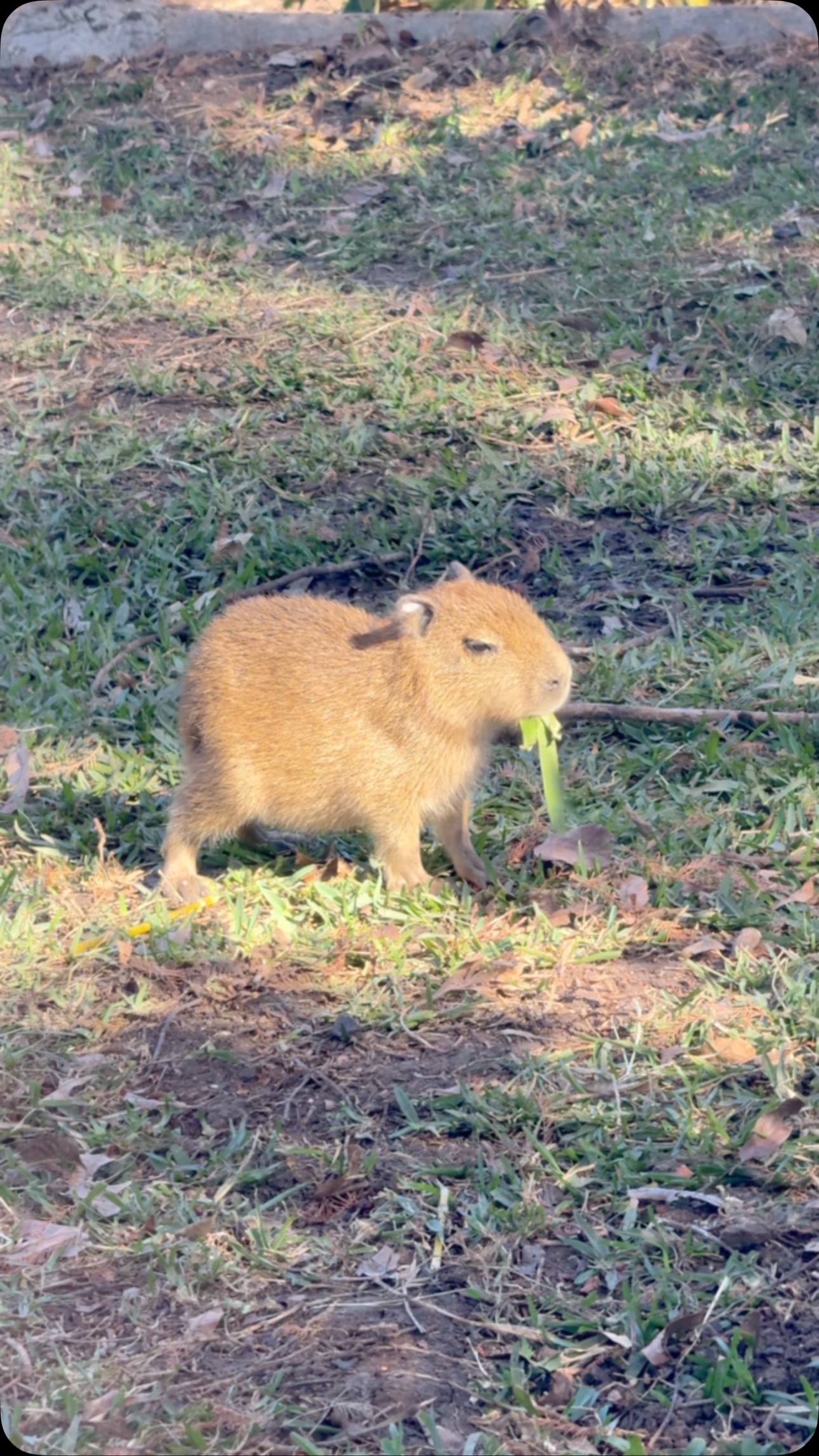- Introduction to Tupi Monch and its significance in zoology and conservation.
- Detailed description of the morphology and behavior of Tupi Monch.
- Habitat preferences and geographical distribution of Tupi Monch.
- The role of Tupi Monch in ecosystem conservation and biodiversity.
- Challenges faced by Tupi Monch in the wild and conservation efforts.
Tupi Monch, a fascinating species within the diverse tapestry of the animal kingdom, has sparked the curiosity of scientists and conservationists alike. Though information regarding Tupi Monch may be scant, understanding this species can provide deep insights into the mechanics of ecosystems and the efforts needed for wildlife conservation. With the growing impact of human activities on natural habitats, it is crucial to deepen our understanding of Tupi Monch and the role it plays in its environment.
The morphology of Tupi Monch is one of its most intriguing features, exhibiting adaptations that facilitate its survival in various habitats. Typically, Tupi Monch displays a robust body structure, equipped with limbs that are both powerful and agile, catering to its lifestyle and predatory tactics. The coloration and markings of Tupi Monch serve as a testament to the evolutionary pressures that have shaped its appearance, varying in accordance with its habitat to provide camouflage and subtle communication signals within its species.
Behaviorally, Tupi Monch is characterized by its territorial nature, often establishing distinct boundaries defined by scent marking and vocalizations. Primarily solitary, Tupi Monch exhibits defined patterns of activity that are coordinated with the availability of prey and favorable environmental conditions. Among its defining behaviors is its hunting technique, a blend of patience and precision, highlighting the species’ role as an adept predator. Understanding the behavior of Tupi Monch can aid in the development of targeted conservation strategies and enhance our knowledge of their ecological impact.
The habitat of Tupi Monch spans diverse geographical regions, each providing unique challenges and resources that influence its lifestyle. Typically, Tupi Monch can be found in areas that offer ample cover and prey availability, from dense forests to open savannahs. Its adaptability to different environments underscores its resilience; however, it also highlights the species’ vulnerability to habitat degradation. As urbanization and deforestation continue to threaten natural landscapes, the study of Tupi Monch’s habitat preferences becomes increasingly urgent. Detailed analysis of their distribution patterns can aid in identifying critical conservation areas and developing management plans tailored to the species’ needs.
In terms of ecosystem conservation, Tupi Monch plays a vital role in maintaining biodiversity and ecosystem health. As a predator, Tupi Monch influences prey populations, thereby contributing to the control of species that might otherwise dominate or deplete their habitat. This regulatory function is essential for preserving ecological balance, and any disruption to Tupi Monch populations could have cascading effects throughout the food web. Furthermore, Tupi Monch serves as an indicator species, reflecting the overall health of the ecosystems they inhabit. Efforts to protect and conserve Tupi Monch thus contribute to broader environmental stewardship and biodiversity preservation.
The challenges faced by Tupi Monch are emblematic of the broader threats confronting wildlife globally. Habitat loss, driven by human encroachment and environmental degradation, poses a significant threat to their populations. Additionally, human-wildlife conflict, often stemming from competition over resources, exacerbates the threats to Tupi Monch survival. Conservation efforts must therefore address both habitat protection and human interaction, fostering coexistence and sustainability. Initiatives such as protected areas, wildlife corridors, and community engagement are imperative for mitigating these challenges and ensuring the survival of Tupi Monch.
Conservation strategies for Tupi Monch should focus on habitat preservation and restoration, addressing the root causes of habitat destruction through policy and community involvement. Promoting awareness and understanding of Tupi Monch among local populations can reduce conflict and foster conservation support. Furthermore, ongoing research and monitoring are crucial for updating conservation methods and adapting to new challenges. Collaborative efforts between governments, NGOs, and local communities are vital to support sustainable conservation actions for Tupi Monch.
Furthermore, scientific research plays an essential role in understanding the intricacies of Tupi Monch’s needs and the dynamics of their habitats. Advancements in technology, such as satellite tracking and genetic analysis, offer new avenues for exploring the lives of these creatures in unprecedented detail. Such tools enable researchers to gather comprehensive data on movement patterns, population dynamics, and genetic diversity, facilitating informed conservation actions.
Protection of Tupi Monch is not solely the responsibility of scientists and conservationists but requires a collective effort from society at large. Education and public outreach about the importance of Tupi Monch in ecosystem balance can encourage responsible behaviors and actions that support wildlife conservation. By fostering a sense of connection with nature and the creatures that inhabit it, communities can become advocates for conservation, aiding in the survival and thriving of species like Tupi Monch.
While challenges remain, the future of Tupi Monch hinges on our commitment to understanding and preserving the natural world. Every action taken towards conserving Tupi Monch and its habitat contributes to a healthier planet and the interconnected web of life in which we are all participants. As advancements in research continue to illuminate the mysteries of Tupi Monch and other vulnerable species, conservation efforts can progress, ensuring these vital components of biodiversity endure for future generations.
*****
Source Description
Tupi monch
.
.
.


